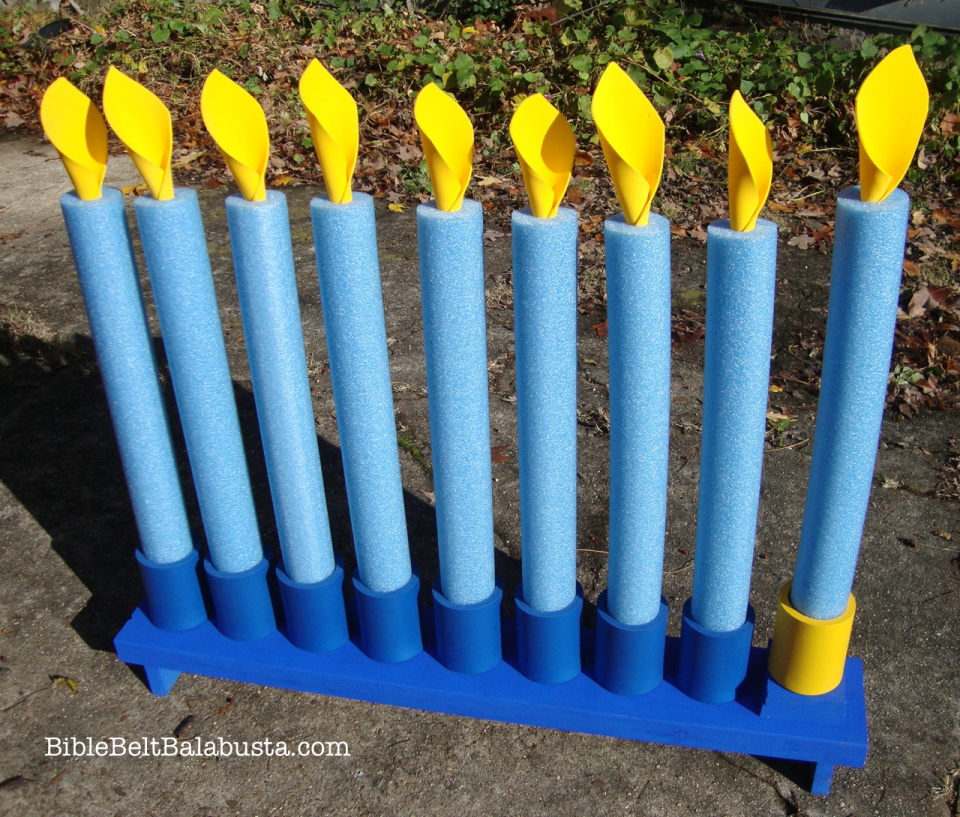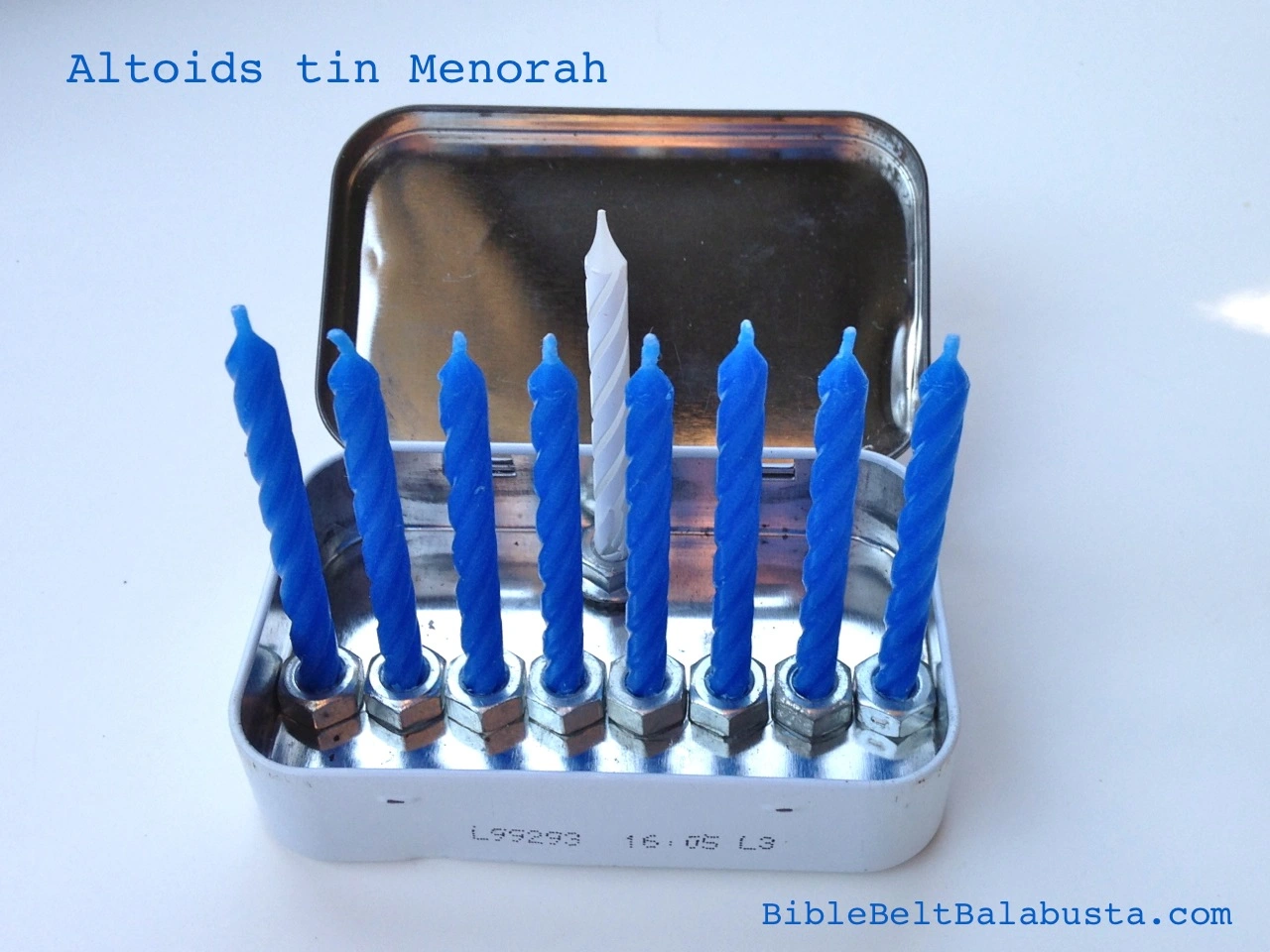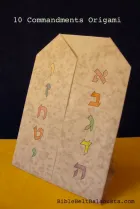In How (and Why) to Let Kids Plant Parsley on Tu B’Shevat, I nattered on about the meaning behind growing parsley on the Birthday of the Trees. Because, really, isn’t it weird that a parsley project is the go-to activity for a holiday about trees? But in a nutshell, the big idea is this: to germinate parsley on Tu B’Shevat links the earliest of Spring holidays—when the sap/lifeforce begins to wake after winter—and Passover, the paradigmatic Spring holiday. Parsley is Spring on a seder plate. It is the most common representation of the karpas category, without which a seder can’t happen. Makes perfect sense, this link and its timing, but still, tree it ain’t. (Well, a curly parsley stalk does rather look like a miniature tree.)
Better we should grow a tree on the Birthday of the Trees, yes? And what if the tree could be an olive or date or fig or pomegranate: four of the Seven Species of the Land of Israel (Deut. 8:8), the rock stars at a Tu B’Shevat seder? How brilliant to grow an olive tree especially, whose fruit could give us oil to light Hanukkah menorahs. Or a an almond tree, the early bloomer celebrated in Israel on Tu B’Shevat. Or a citron tree to grow an etrog for Sukkot. Or a palm or willow or myrtle to harvest for our own lulav. Chills.
Even if we keep it more mundane—and more amenable to a wider range of temperate zones—why not just eat an apple with the kids, pull out a few seeds from the core and plant those? That’s what my preschooler and I did two years ago, and the little apple tree is already a foot and a half high. I realize it may never fruit, or the fruit will be a surprise variety given that the apple industry relies on root-stock grafting and other techniques beyond my ken, but by golly we planted a tree seed and we have a tree. Now, that’s thematic.
At my synagogue’s Tu B’Shevat young family program, we’re going to try this as a group. We’ll explore a platter of tree fruit, say the blessing, eat, and save the seeds on labeled plates. Then we’ll decorate little terracotta pots (oil pastels are gorgeous against the clay), fill the pots with soil (using our fingers) and plant the seed of choice. Sure, most pots will go home to be forgotten, but some might survive, and we all will have planted a tree.
As usual, it’s the process that matters more than the product—the planting more than the planted, so to speak. But it is ever so rewarding when what we plant actually survives.
Do please comment with your own Tu B’Shevat tree-planting attempts: what worked and what didn’t.
Related stuff:
- See my post Cutting Apples with Kids for Rosh Hashana about how to safely cut apples with kids using an apple slicer/corer.
- An alternative to planting seeds in dirt is the ol’ plastic cup garden (glass cups will work fine, too, as will ziploc bags). Stick a few seeds to the inside wall of the transparent cup and anchor with a folded sheet of wet paper towel. Kids can actually see when seeds sprout and begin to grow root systems. If you want nearly instant gratification, use a dried bean. It won’t make a tree, but it’ll sprout within days and demonstrate how seeds sprout and and develop a root system.
- How to Grow an Apple Tree from Seed, at Wikihow.
- Beautifully photographed and meticulously detailed post about growing an avocado tree from a pit at TheHungryMouse.
- Geez, I just found this incredible 54 page pdf document from JCCs of North America: Jewish Children’s Garden Curriculum. Gorgeous! I’m printing this sucker even if I have to buy a new print cartridge.
- A free, printable lift-the-flap activity from Joyful Jewish: Learning about Trees.






















Pingback: Candy Tu B’Shevat | Bible Belt Balabusta
Pingback: Tu B’Shevat stuff: indoor gardening, edible bowls, sugar overload and birdfeeders | Bible Belt Balabusta
Pingback: Tu B’Shevat garden-in-an-eggshell | Bible Belt Balabusta
Pingback: Tu B’Shevat almond “Sow and Tell,” home or school | Bible Belt Balabusta